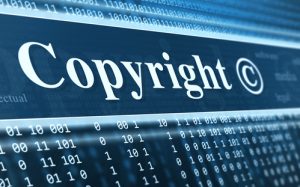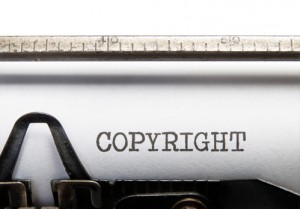Another Aspect of Design: Trade Dress
{4:30 minutes to read} In my last post, I discussed the design patent, a form of protection available under the Patent Act to protect designs that are “primarily ornamental” rather than those which – like most inventions one normally thinks of in connection with the Patent Act – are “primarily functional.” Design patent protection can coexist simultaneously with copyright protection for the design as a graphic or sculptural work.
In addition to patent and copyright law, non-functional designs can also be protected under the federal Trademark Act (also known as the Lanham Act), and under state trademark and unfair competition law.










